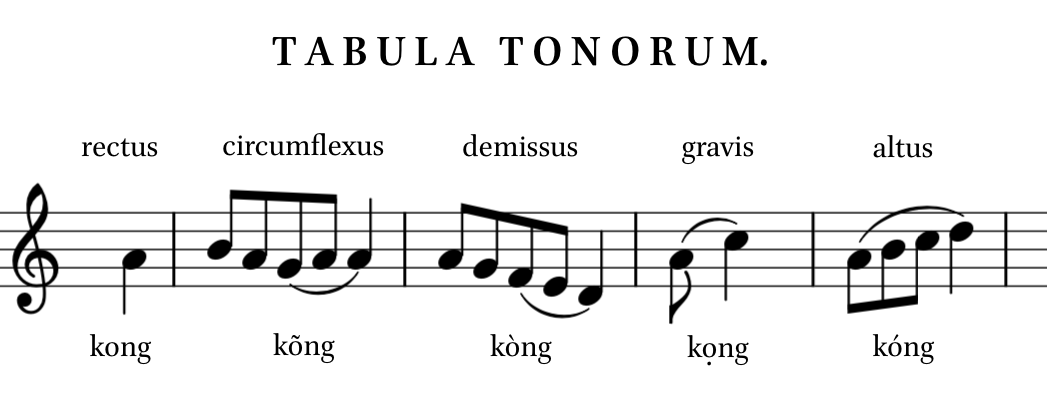Changes in word shapes in Mainland Southeast Asia are usually attributed to contact-induced typological convergence. However, little attention has been paid to the role of structural constraints in defining paths of change. In this paper, we describe two distributional gaps in paths of word shape shifts: (1) there are no attested cases of direct shift between trochaic and iambic rhythm and (2) monosyllabization does not occur in trochaic languages. We argue that universal phonetic tendencies and structural constraints on their phonologization that derive from the Iambic-Trochaic Law are sufficient to explain these gaps and seem to account for at least part of the typological convergence usually attributed to contact.
Phonologically-constrained change: The role of the foot in monosyllabization and rhythmic shifts in Mainland Southeast Asia
ChulaSEAL author(s):
APA: Brunelle, Marc and Pittayaporn, Pittayawat. (2012). Phonologically-constrained change: The role of the foot in monosyllabization and rhythmic shifts in Mainland Southeast Asia. Diachronica, 29.4: 411-433.
DOI:

